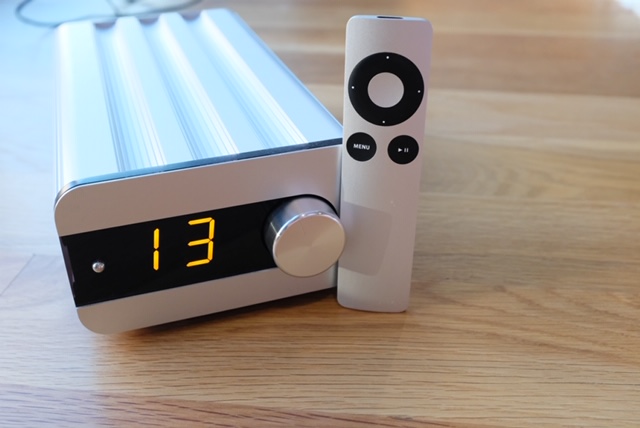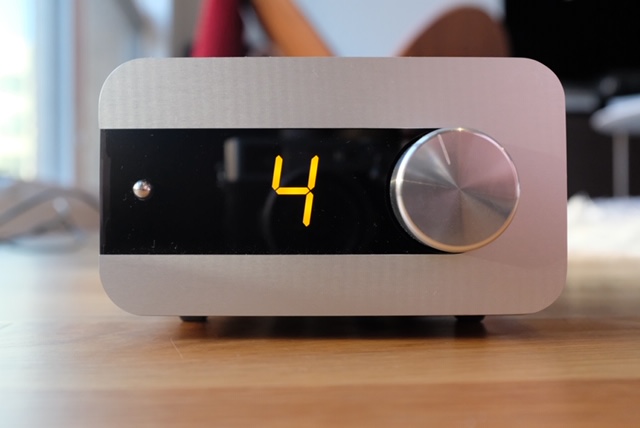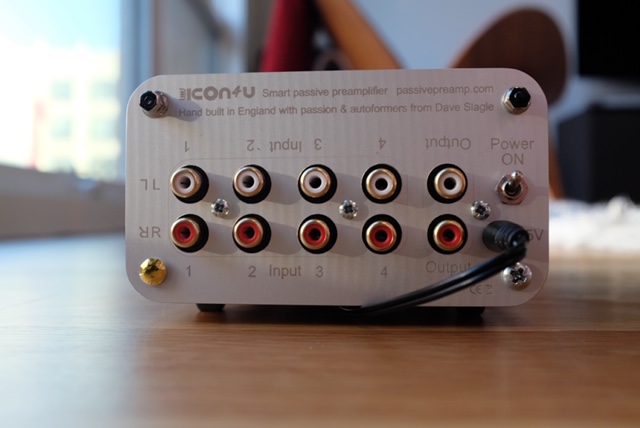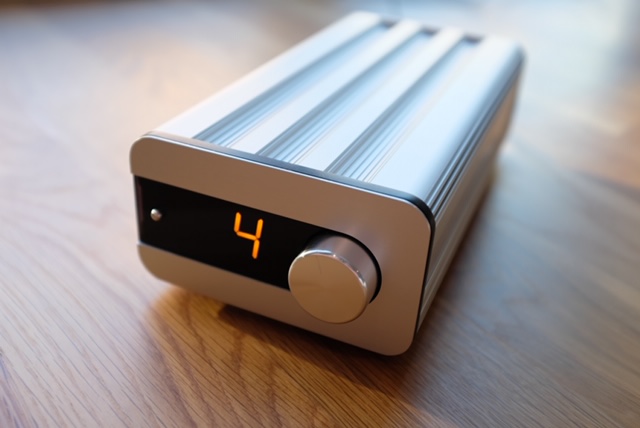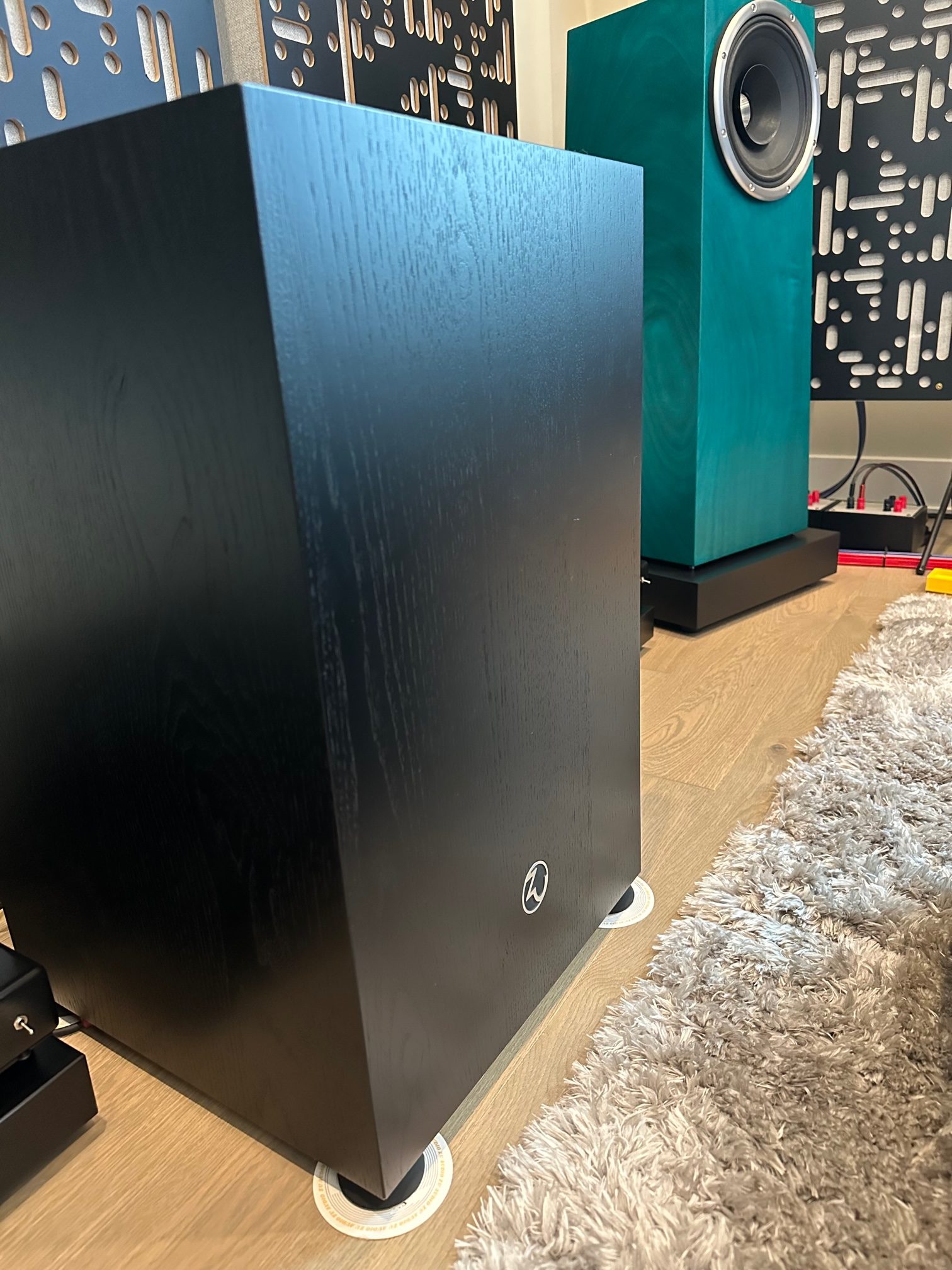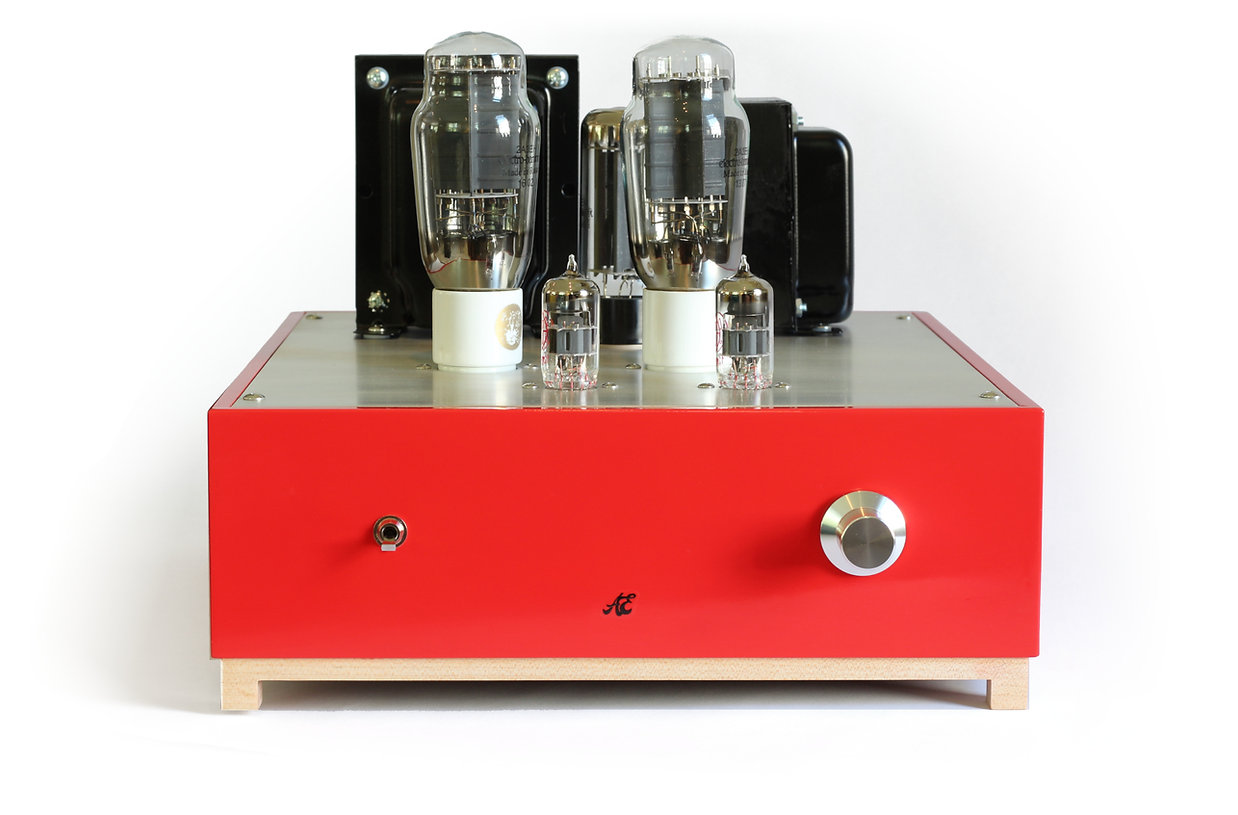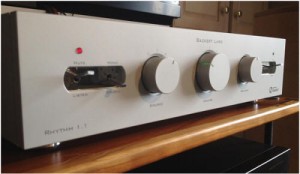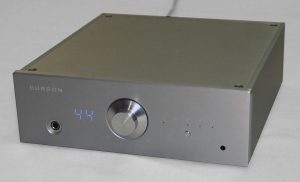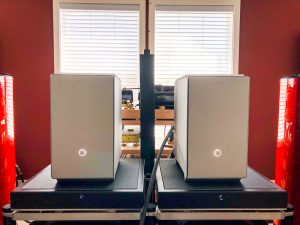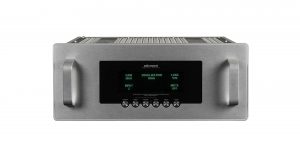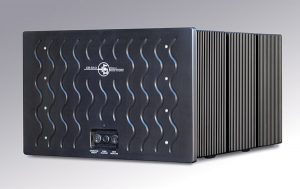I am sure I do not speak for everyone, but personally, I rarely find myself turning up the volume on any of my preamplifiers past 50%. I also find that most of the time I am trying to turn down the source before it gets to my power amp rather than add gain to it. This begs the question, why not just use a passive preamplifier? Some will raise concerns that passive preamplifiers are incredibly system dependent and can sound dull or lifeless. Those who raise those concerns have likely never used an autoformer based passive preamplifier. Up until this review I had not used one either, and I have to say my point of view on passive preamplifiers has changed in a positive way.
I recently began looking at passive preamplifiers because I come from a less is more mentality. I want the signal path to be as simple as possible, and in the case of my preamplifier, I do not want it to flavor the sound of my system. As I began to research passive preamplifiers I generally found three groups of opinions. The first group claimed passive preamplifiers sounded lifeless, the second spoke very highly of them, and the third sang the praises of something called an autoformer.
Autoformer based volume control uses a transformer instead of a resistor or volume pot to raise or lower the volume. Proponents of autoformer based volume control point out that it transforms energy rather than burning energy off. Just like transformers on power lines, if you turn down the volume on an autoformer, you are lowering the voltage, but increasing the current. Turning up the volume raises the voltage and decreases the current. This lossless volume control concept leads to a more dynamic and less forced sound. Similarly, unlike traditional resistor based volume control, autoformers are less susceptible to impedance mismatching, and actually can help solve an impedance mismatch between components. This helps ensure that you don't end up with rolled off lows like you can sometimes with a resistive based passive preamplifier. Those who are more interested in autoformers, and specifically how they work, should take a look at this FAQ from Intact Audio, it provides a more in depth technical explanation of how autoformers work.
Now, some may be concerned about sound coloration when they pass their line level source through a transformer. However this is not a concern with an autoformer, its design makes it more neutral then a traditional transformer. The other concern is that autoformers and other transformer based volume controls can sometimes be low tech. They tend not to have a remote or many functions. They can also be sensitive to electrical interference due to the way they are traditionally constructed. I am happy to say that the icOn4 AVC Passive Preamp really demonstrates all of the benefits of an autoformer based design with none of the negatives. Let's jump into the review.
Introducing the icOn4
The icOn4 is an autoformer based passive preamplifier. It uses a printed circuit board that houses the autoformer based volume control. There is one autoformer per channel. The output taps of each transformer connect to a series of Vishay FET switches. Vishay FETs are special. When speaking with the creator of the icOn4, Pál Nagy, he explained that the FET analog switches are superior to any type of relay that exists today. The reasons include an unlimited lifetime, a switching time that is thousands of times faster than a traditional relay, and in general a better user experience. When you change the volume, the FET switch and the appropriate transformer tap is connected. The FET switches are controlled by a microprocessor, and this microprocessor provides a few other key things. It provides support for a remote control, which uses a traditional silver apple remote, input switching, and the ability to support things like home theater bypass. The icOn4 is the modern audiophiles passive preamplifier.
The use of relays and a circuit board are critical factors to the success of the icOn4. Traditionally autoformer based volume control is a mess of wires. This mess of wires is what makes them more susceptible to external interference. It is possible to design and lay the wires appropriately to solve this issue, but FET switches and a circuit board in my opinion are a more elegant way to handle this issue. They also provide some additional benefits that are unique to the icOn4. Without a circuit board and FET switches, the icOn4 would not be able to provide the level of granular volume control it does. If it was built in a more traditional way using a rotary switch, according to Pál it would likely only have 16 steps, each separated by 3 dB, which would be a big downgrade from 40 steps of 1.5 dB that Pál was able to achieve with the FET switches and the microprocessor. Unlike other volume control solutions that use relays or stepped attenuators, I have not heard a click come through any of my headphones or speakers.
The icOn4 has a few configuration options that are worth pointing out. It can be configured as 4 inputs and 1 output, or as three inputs and two outputs. You can also have an input designated as a home theater bypass as well. Pál also informed me that he can customize the units for customers with custom firmware, better quality connectors, and the ability to set a limited max volume. Choice is the name of the game which is nice, and in my case, my review unit came with 4 inputs and 1 output. All inputs are single ended, same with the outputs.
The front of the unit is quite simple, and that is a good thing, a display shows the current volume of the unit, and the volume knob is next to the display. Using the remote you can switch inputs by pressing left and right on the apple remotes d pad. Pressing up and down changes the volume. You can also adjust channel balance, which is done as an offset using the FET switches. In my testing I found this worked quite well, and can handle a 15 dB channel difference. There are a total of 40 volume steps, each making a 1.5 dB change, and the volume range is -54 dB to +3 dB.
Unboxing and First Impressions
Pál, the owner of Life-Changer Audio UK, and the creator of the icOn4 was nice enough to send me a unit for this review. When the box arrived, a hard case was inside. It is smaller than a seahorse case, but it is hard plastic and provided ample protection for the unit. The unit itself is quite small; it is 4.72" wide, 10" deep, and 2.8" height.
The front of the unit looks great. I love simple and understated looks, and the icOn4 has that covered in all the right ways. The orange display is clear and can easily be read from across the room. The unit has four feet that were stuck on, and while they work, I wish the feet were integrated into the chassis. Similarly, I wish the volume knob on the device had some form of tactile feedback. It uses a high end optical encoder, and is smooth to turn. This is similar to what you will find on equipment costing thousands of dollars more. It works excellently, but the free spinning nature of the volume control felt a little strange to me. I brought this up with Pál and he informed me that he plans to release a new model in the future, and that he will incorporate tactile feedback into the volume control.
Turning the unit around, all the inputs are clearly labeled, and there is a spot to plug into the included power brick. The power brick only powers the microprocessor and display, and has no impact on sound quality.
Hooking it into my review system
I inserted the icOn4 in between my Schiit Gungnir Multi-bit and my ampsandsound Bigger Ben (HERE). Cabling was done using both Wywire's Platinum Interconnects (HERE) and Moon Audio's Black Dragon interconnects (HERE).
I had two other volume controls on hand to compare the icOn4 to. The first was my Chord Dave, with its excellent digital preamplifier functionality, and the second was a Schiit Freya S in passive mode. It is important to note the that the Freya S in passive mode is a resistor based preamplifier.
In my experience, when choosing between the Schiit Freya S and the Chord Dave, the Chord Dave tends to produce the best overall sound on its own in my system. While it was slight, I did at times notice a loss in dynamic range using the Freya S in passive mode. This was true when using the Dave or the Gungnir in front of the Freya S. The question is, does the icOn4 add that extra bit of energy that the Freya S removes from the Gungnir and the Dave?
How Does it Sound?
Using the icOn4 was a pure joy. It worked just like any other remote controlled preamplifier, and changing the volume, input, or adjusting channel balance was simple, easy, and always worked. I particularly like the use of the apple remote. Apple made an excellent remote with the first generation Apple TV remotes, and it is nice to see HiFi companies using them instead of trying to make their own remotes. The unit was always responsive and I never questioned what the volume level was thanks to the clear display.
I found the 1.5 dB steps to be fine enough for the most part. I think if I were using this preamplifier on a speaker system I would have no issue, but because I was using it primarily in front of a headphone system, the 1.5 dB steps were sometime a little too course with my high sensitivity headphones. It is important to note though that most people cannot hear a difference of less than 2 dB. This is also far better then most other autoformer based preamplifiers on the market today, regardless of cost.
While the icOn4 is the first and only preamplifier that I have ever used with an autoformer based volume control solution, I have to say I am sold on the concept. Especially at lower volumes, I found the dynamics shockingly good, just as good as the digital volume control in the Dave, which is in my experience is unparalleled.
If you use passive preamplifiers, you may notice your system starts to sound its best at about 55% and up on the volume knob. To be clear, this is not a hard rule, but it tends to be true on all the passive volume control solutions I have used. Under 55%, the system sounds good, but it can start to get a little boring. This is because dynamics are missing, fine details may be lost, and sometimes tone can even be altered. Just like the Chord Dave, the icOn4 sounds excellent and dynamic at any volume level you set it at. This is especially noticeable in the bass region, which had consistent performance though out the entire volume range.
I found myself listening to music at much lower levels than I usually do because I didn't feel the need to turn the volume up higher. The difference in dynamics and clarity is not night and day, but it is noticeable, and is worth auditioning the icOn4 for on its own.
In my opinion, the primary reason to have a passive preamplifier is to simplify the signal path in the hopes of achieving as much transparency as possible. Once again, the icOn4 seems to excel on transparency; other than the better dynamics mentioned above it seemed like the preamplifier was simply not in the circuit.
When I sat down to write this review, I thought I would have much more to say. But, as I put pen to paper I found myself struggling to describe nothing. That is what the icOn4 is, when it is in the circuit it is as if it is not there. It simply attenuates the signal and does nothing else. It is the biggest compliment I can give, however, there is not much that can be said about it.
What Would I Change?
The things I would change are superficial. I want to be clear, the unit is well built, and feels sturdy. My complaints are purely cosmetic. I want feet that are integrated into the unit, and I want a volume knob with tactile feel as I turn it. None of these are major issues, and in speaking with Pál, he is planning to address both of these concerns in a future revision.
Finally in my setup, it would be nice to have a wider and finer range of volume control. -54 dB is too high for my high sensitivity headphones and 1.5 dB steps were sometimes too course. I want to be clear about this final nitpick though. This likely will only be an issue with extremely sensitive speakers (98 dB +), or with headphone systems where you want to use the preamplifier to control the volume of your headphone amplifiers (my system). The vast majority of systems will easily match well with the volume range and the volume steps.
Is Passive Volume Control Right for You?
Before trying to decide if you want an icOn4, I think you need to ask yourself if passive volume control is right for you and your system. It is my opinion that if you have high quality sources, and do not require additional gain from a traditional active preamplifier, then you are doing yourself a disservice by not considering a passive preamplifier.
The final thing to think about is how you view your preamplifier. Many view their preamplifier as a component that adds character to their system on top of volume control and source selection. This is especially true of tubed preamplifiers, which can (not always) add some warmth or body to the presentation. On the other hand, I believe that a preamplifier should be a ghost within your system. It should change the volume, manage your inputs, and provide a way to split the output to at least two amplifiers. However, it should impart as little of its own sound as possible to the downstream components. If you agree with this point of view, a passive preamplifier is the way to go, and the icOn4 is the preamplifier to get you there. After hearing it, I am convinced that autoformer based volume control is the ultimate expression of a passive preamplifier. If you have not heard an autoformer based volume control, go out and listen to one, I have a hunch you will be a convert too.
Wrapping up
Pál has done an excellent job with the icOn4. To my knowledge it is the cheapest full featured passive preamplifier with a remote control and an autoformer based volume control that you can buy. It does not sound cheap, it performs exceptionally. When you buy it, you get top shelf parts, and an attention to detail that I find missing in many boutique preamplifiers at this price point.
The icOn4 has it all, volume control, remote control, channel balance features, usability, and sound quality, it leaves little if nothing to be desired. I am sad to see it leave my system, but the little icOn4 has changed my point of view on how good passive volume control can really be.
Main features:
- 40 volume positions
- reed relays or Vishay FET switches. You decide!
- 3 inputs and 2 outputs or 4 inputs and 1 output
- balance
- AV bypass as an option
- night mode and low brightness for the display
- sleep mode
- Apple remote
icOn4
Retail: $1949 US
Life-Changer Audio UK




